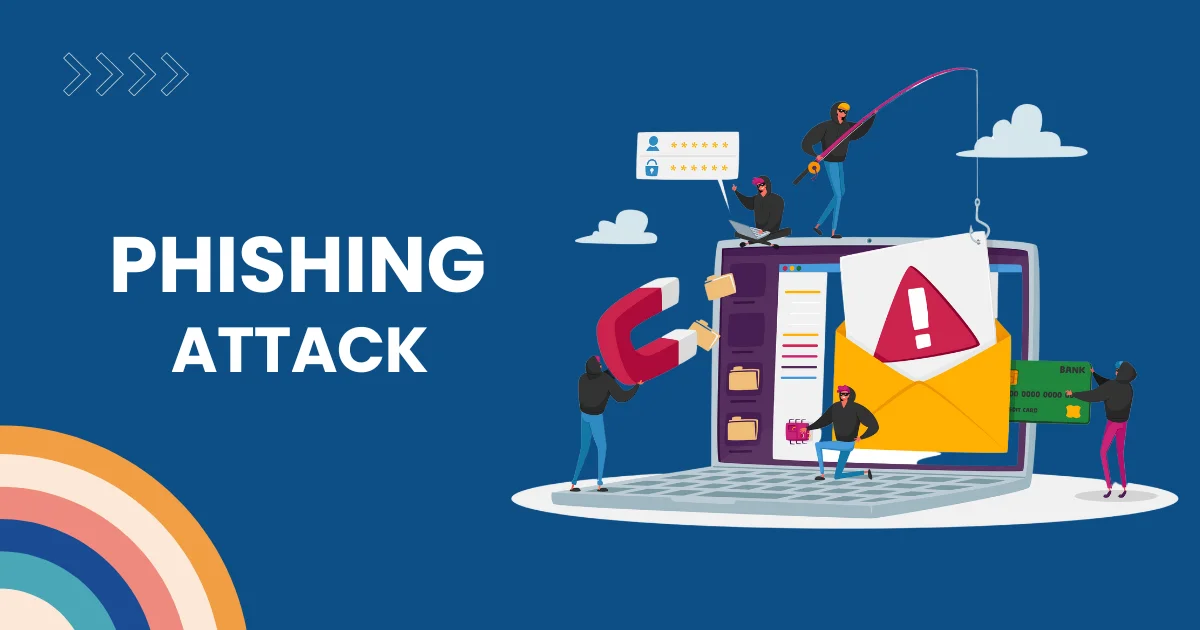Top Enterprise Mobility Security Challenges: Navigating the Mobile Landscape
Are you aware that up until 2025, the mobile workforce will stand at approximately 72.6% globally? Clearly, enterprise mobility has converged in the workplace, bringing more flexibility in place. But with all this movement comes responsibility, especially in security. Therefore, the same global trend imposes the necessity to secure their mobile landscape on Chicago businesses. The concept of IT services at this juncture becomes very critical, highlighting professional IT services’ crucial role in augmenting business security and operational efficiency for Windy City and elsewhere. As organizations are moving towards a mobile-centric future, it becomes important for them to pay apt consideration to security and managed IT services if they want to remain competitive.
This blog explores how enterprises can navigate the top 4 complexities of securing their mobile landscape.
The Widespread Danger of Data Breaches
Table of Contents
Unraveling the Risk
Sensitive company data floating in the digital ether and available to prying eyes is among the one of the many threats. Data breaches are a nightmare scenario for any enterprise. With employees accessing corporate networks from various devices and locations, the risk of a breach increases exponentially.
In the digital world, there are many threats, from very skillful cyber criminals to accidental staff actions. For malicious actors seeking unauthorized access to valuable corporate information, unsecured mobile devices can be a potentially easy target. This is not only about stopping unauthorized access but also making sure that data does not fall into the wrong hands and even maintaining its confidentiality.
Navigating the Challenge
To deal with this problem, organizations should strengthen their encryption protocols, conduct security audits, and sensitize employees to the significance of data security. Intercepted data remains indecipherable unless the proper key to its encryption is possessed. Ongoing security audits can help expose vulnerabilities, which allows an organization to defend against its enemies before any breach. Investment in advanced threat detection tools is also possible, which adds another layer of security for rapidly changing cyber threats.
The BYOD Dilemma
The Double-Edged Sword
The policy of Bring Your Own Device (BYOD) allows employees to use personal devices for work that increases productivity. But this freedom is not cheap. When personal devices are brought onto the organization’s network, there are many security implications. From old operating systems to non-secure Wi-Fi, each device becomes a potential chink in the security armor. The challenge goes beyond the hardware vulnerabilities. For example, an employee may start downloading a malicious app that, in turn, infects the corporate network or connects to an unsecured Wi-Fi network. Weighing the benefits of BYOD alongside security concerns is a tightrope walk.Navigating the Challenge
Organizations should adopt BYOD policies that balance flexibility and security. These include device management solutions that enforce compliance with all devices connecting to the corporate network. These could include patchwork vulnerabilities and evolving threats through regular security updates on both devices and the applications they run. Moreover, it offers the added measure of security by remotely erasing all important information in case a device is misplaced or stolen. First and foremost, employee education is very important in ensuring that they are aware of the jeopardies that come with using their personal devices to work and how they can contribute to a secure mobile environment.App Proliferation and Shadow IT
The App Explosion
Thousands of applications find a place in the overcrowded enterprise app stores with a cascading set of security implications. The situation is compounded further by the phenomenon of shadow IT, whereby employees use unauthorized apps. Going for such apps might not have all the security features required, thereby risking data leakage or theft.
Navigating the Challenge
A clear application usage policy is a must. Approved application listings should be updated and monitored by organizations. Keep reminding employees about the dangers concerning the use of unauthorized apps and advocate for the usage of approved tools. Through the deployment of Mobile Device Management (MDM) to enforce the app’s security policies, organizations are able to allow only approved apps within the corporate environment.
Endpoint Security in a Mobile World
The Endpoints Are Moving
Traditionally, the focus of endpoint security management was on desktops and servers. Today, securing mobile devices has become a complicated puzzle. Today, mobile devices have become part and parcel of the corporate environment. They connect to sensitive data and transmission networks.
Navigating the Challenge
Therefore, adopting a comprehensive endpoint security strategy for mobile devices is critical. This entails using antivirus mobile solutions that are only meant to identify and remove mobile threats. In addition, strong authentication techniques like biometrics or multi-factor authentication add a layer of additional protection. The evolving threat landscape should make organizations regularly update their security policies so that they stay ahead of potential vulnerabilities.
Balancing User Experience and Security
The Tightrope Walk
Keeping the balance between user-friendliness and security might be the same as loosening a tightrope. Overly reduced security measures can restrict productivity, while too relaxed security program exposes the organization to possible risks.
Navigating the Challenge
User education is key. Assist employees to appreciate the necessity of security measures and how they are in line with the general welfare for which an organization strives. User experience is enhanced through user-friendly security solutions that can be easily integrated into daily workflows without compromising on the security aspect. Using adaptive security systems that prove themselves alongside the activities of the user is a key element towards sustained solid security that does not obstruct everyday operations.
Compliance Conundrums
The Regulatory Web
Very often, however, ensuring compliance with the increasingly stringent data protection regulations of the times becomes a headache for enterprises. Failure to comply with them attracts hefty fines and tarnishes the image of the organization.
Navigating the Challenge
It is crucial to remain updated with the recent regulatory changes and shape your mobility security approach towards compliance. The risk of legal consequences is limited through regularly auditing security protocols to match the current regulatory environment. Partnering with legal and compliance professionals will guide you through the complex regulatory environment to ensure your organization meets and exceeds compliance expectations for data protection.
Conclusion
The security challenges have to be tackled squarely by the enterprises as the workforce becomes mobile. This empowers organizations to confidently traverse the mobile landscape by implementing a holistic approach comprising strong policies, sophisticated, up-to-date technologies, and consistent education. After all, in the realm of enterprise mobility security, prevention is the best cure. Through systematic addressing of these challenges, organizations can enjoy the benefits of mobility while safeguarding their mission-critical data.





